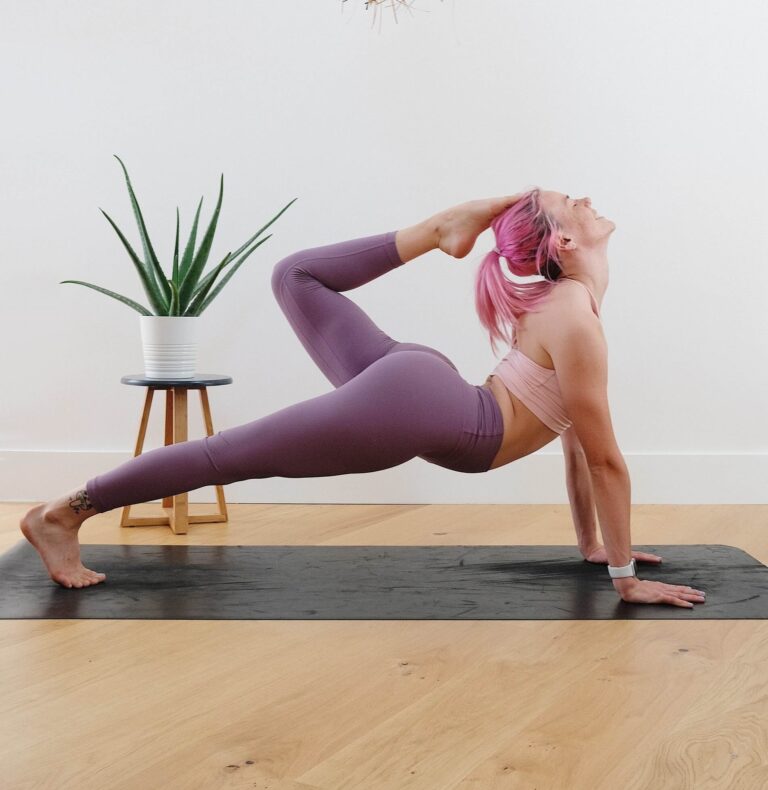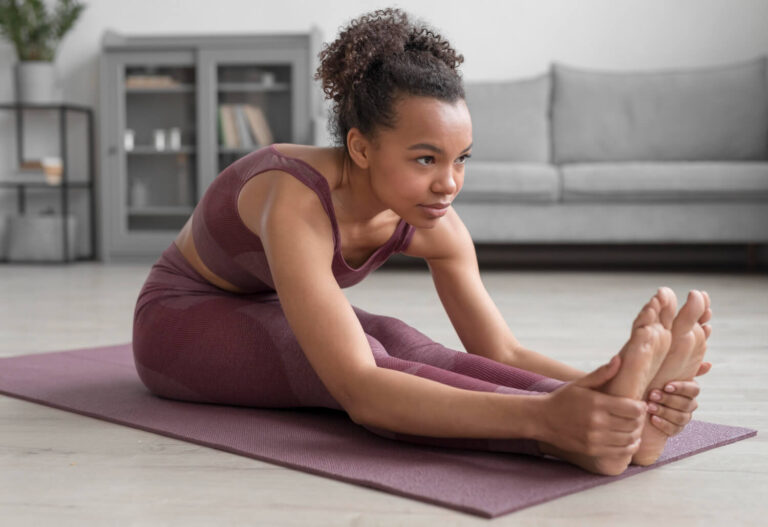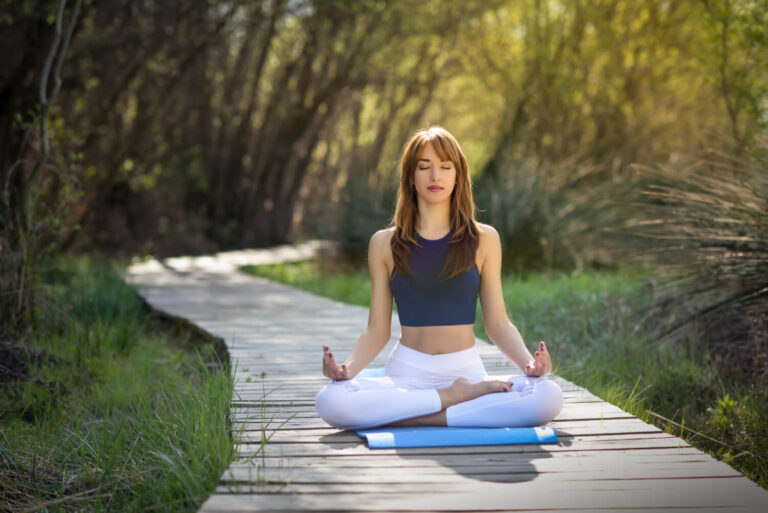Why Rules?

Yoga is an ancient spiritual discipline and wisdom for coordinating body and mind, which dates back to around 10,000 BC. The knowledge and teachings of this practice were passed down verbally for several years until Patanjali, an ancient Hindu sage, wrote this in text and became the author of Yoga Sutras.
It is crucial that one knows all the essential guidelines and rules of yoga because it is a well-structured method or practice, involving various postures, mudras, pranayama (breathing techniques), and meditation.
Yoga in itself means “union” of an individual with that of the highest intelligence or cosmic consciousness, thus providing perfect balance and harmony between the mind and body.
Everything that needs to be done before and after is of great significance.
Yoga is not a religion. It is a way of living to make the best out of your everyday life and elevate your spiritual journey. Regular practice of yoga with its essential rules will not only help you physically but also with your psychological, emotional, and spiritual well-being.
It is important because all your practices directly affect your energy system (also known as pranic body). This subtle body consists of different chakras and energy channels (nadis) that need to be cleansed and balanced in order to align perfectly with nature, therefore promoting harmony.
Let’s drill down what you need to keep in mind before, while, and after doing your routine yoga practice:
Before Your Practice:

1) Cleanliness (Sauca): You must keep your surroundings, body, and mind clean before starting. By doing this, you are letting go of things that no longer serve you, making yourself more receptive to new things that the universe has for you.
2) Calm and quietness: Yoga should be performed in a peaceful and calm environment where there is less distraction and noise. This promotes a better sense of yourself and your surroundings while doing it.
3) Empty stomach: Yoga has to be done on an empty or light stomach. If you have had food, then wait at least 2.5 hours before your practice. You can have honey with lukewarm water if you feel weak enough to do it.
4) Comfortable clothes: It’s essential to know which type of clothes to wear during your yoga practice. It is recommended to wear comfortable and breathable clothes to ease the flexibility of your body. For example, yoga pants or shorts and kurtas are graceful and modest to allow freedom of movement.
5) Relaxed mood: Yoga shouldn’t be performed when you are in a hurry or stressful situations. Value the time you are giving to your practice, and be in a calm and relaxed mood before your session.
Consider emptying your bladder and bowel before your yoga sessions. It is an excellent way to ensure that you are not in contact with physical pressure or tension.
While Doing Your Practice:

1) You can start your practice sessions with a prayer or mantras to help boost your focus and attention with a calm mind. (1)
2) It is suggested to do warmup or some loosening exercises before going into the actual yoga poses so that there is no risk of injuries. (2)
3) All the poses and breathing techniques should be done slowly and comfortably, in a relaxed manner, with your awareness of the body and breath.
4) Do not hold your breath unless it is specifically mentioned to do so during the practice. Most yoga poses and breathing techniques involve breathing through the nostrils, so remind yourself to use your nostrils for breathwork unless instructed otherwise.
5) Try to do poses at your convenience. Do not overstretch if you are not able to. Take your time to ease your body’s flexibility as the days go by. Relax for at least 10 seconds after each exercise or pose.
6) Make sure that you are doing your practice in a well-ventilated room where there is a constant flow of fresh air.
7) Do not attempt to do advanced poses in the beginning stages, as they can overstretch your muscles and could lead to internal injuries.
8) Always end your session with meditation so that you feel relaxed, calm, and stress-free.
After Your Practice

1) Don’t take a shower or eat or drink anything for about 45 minutes after your yoga practice.
2) Don’t do any strenuous exercise after yoga. Wait for about 30-45 minutes to do so.
3) If you are performing pranayama for an extended period of time, it is advisable to take a bath only after 2 hours.
The Takeaway
All the guidelines mentioned above are truly crucial if you want to take your daily yoga practice seriously. Discipling yourself by these rules can help your body and mind to improve further and adapt to various situations. Yoga is a universal act that ensures every moment of your life is valuable. It provides you with an abundance of joy.
Remind yourself of how much discipline you need in your life. Be it professional or personal, discipline expresses your behavior and also nurtures your spiritual journey.
Related: 7 Best Hatha Yoga Poses For Beginners
